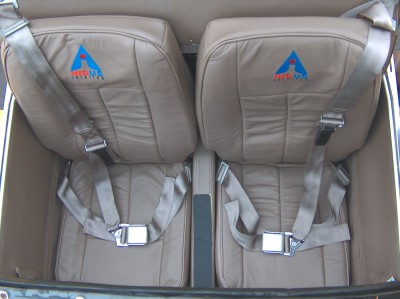
Thorp T-211 Sport E From the world of general aviation aircraft comes an entry to the proposed Light-Sport Aircraft (LSA) category. Presently known as the Thorp T-211, the all-metal airplane will be called the Thorp T-211 Sport E when it makes its debut as a light-sport aircraft. Famed designer John Thorp is perhaps best known for his work leading to the Piper Cherokee series and the T-18 homebuilt. His work on a design that became the T-211 started back in the 1940s before general aviation planes had transportation as their primary goal. When the T-211 was first created – as the T-11 Skooter and later the T-111 – it was intended to become competition for the Cessna 150. The T-211 is a light plane, tipping the scales at hundreds of pounds less than Cessna’s smallest model and so it was expected to perform better. Under new management since 2003, Thorp’s design is ready to make the leap to the Sport E.















